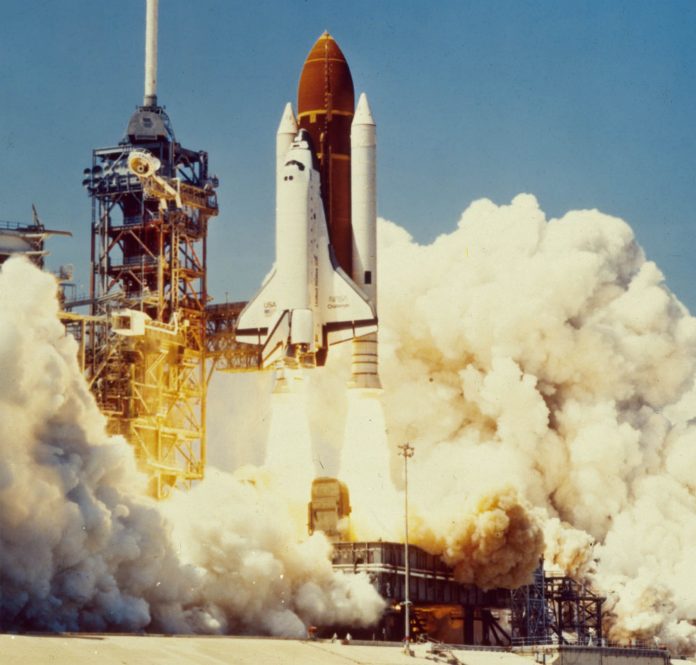Understanding the Difference Between CPI and PPI
In the world of economics, there are several key indicators that help us gauge the health of an economy. Two such indicators are the Consumer Price Index (CPI) and the Producer Price Index (PPI). While both indices provide valuable insights into price movements, they differ in their composition and target sets of goods and services. In this article, we will explore the differences between CPI and PPI and how they impact our understanding of inflation and economic trends.
What is the Consumer Price Index (CPI)?
The Consumer Price Index (CPI) is a measure of the average change over time in the prices paid by urban consumers for a market basket of consumer goods and services. It is widely used as an indicator of inflation and is published on a monthly basis by the Bureau of Labor Statistics (BLS) in the United States.
The CPI is based on a fixed basket of goods and services that represents the spending patterns of urban consumers. This basket includes items such as food, housing, transportation, healthcare, and education. The prices of these goods and services are collected from thousands of retail outlets and service providers across the country.
The CPI is calculated by comparing the cost of the basket of goods and services in the current period to a base period. The percentage change in the cost of the basket over time reflects the rate of inflation or deflation.
What is the Producer Price Index (PPI)?
The Producer Price Index (PPI), on the other hand, measures the average change over time in the selling prices received by domestic producers for their output. It provides insights into price movements at the producer level before they reach consumers. Like the CPI, it is also published by the BLS on a monthly basis.
The PPI covers three broad categories: industry-based, commodity-based, and stage-of-processing-based indexes. The industry-based indexes track price changes for goods produced in specific industries, such as manufacturing or mining. The commodity-based indexes focus on specific goods, such as crude oil or corn. The stage-of-processing-based indexes measure price changes at different stages of production, from raw materials to finished goods.
The PPI is calculated by collecting price data from producers across various industries and sectors. It reflects changes in input costs for producers and can provide insights into inflationary pressures in the economy.
Differences in Composition
One of the key differences between CPI and PPI lies in their composition. The CPI focuses on the prices paid by urban consumers for a fixed basket of goods and services, while the PPI tracks the selling prices received by domestic producers for their output.
The CPI includes a wide range of goods and services that are consumed by households, such as food, housing, and healthcare. It aims to capture the changes in prices that affect consumers’ purchasing power. On the other hand, the PPI focuses on prices at the producer level and includes items such as raw materials, intermediate goods, and finished goods.
Another difference is the weighting of items in the indices. The CPI assigns weights to different categories of goods and services based on their importance in consumers’ budgets. For example, housing and transportation may have higher weights compared to clothing or recreation. In contrast, the PPI assigns weights based on the value of production in each industry or sector.
Implications for Inflation and Economic Trends
The differences between CPI and PPI have implications for our understanding of inflation and economic trends. The CPI is often used as a measure of consumer inflation and is closely watched by policymakers, economists, and investors. It provides insights into changes in the cost of living for households and helps determine adjustments to wages, benefits, and government programs.
The PPI, on the other hand, provides insights into inflationary pressures at the producer level. Changes in input costs for producers can have a ripple effect on consumer prices, as higher production costs may be passed on to consumers. The PPI can help identify trends in input prices and provide early warnings of potential inflationary pressures in the economy.
In conclusion, the CPI and PPI are two important economic indicators that provide insights into price movements and inflationary pressures. While the CPI focuses on the prices paid by urban consumers for a fixed basket of goods and services, the PPI tracks the selling prices received by domestic producers for their output. Understanding the differences between these indices is crucial for policymakers, economists, and investors to make informed decisions and gauge the health of an economy.




